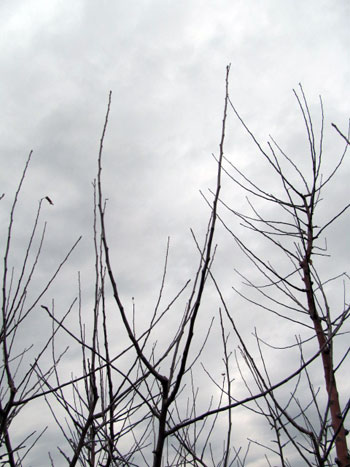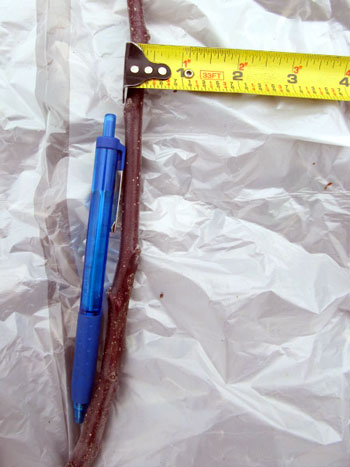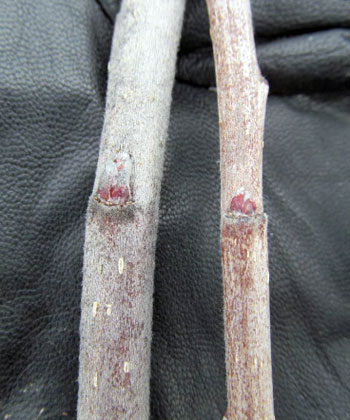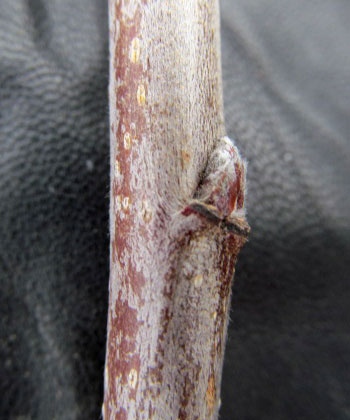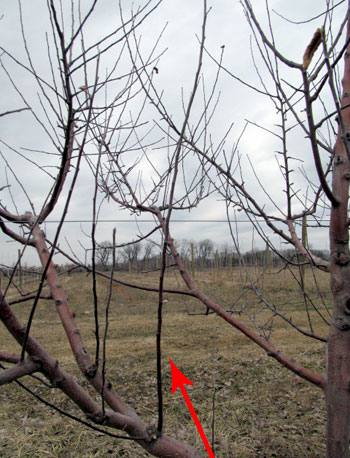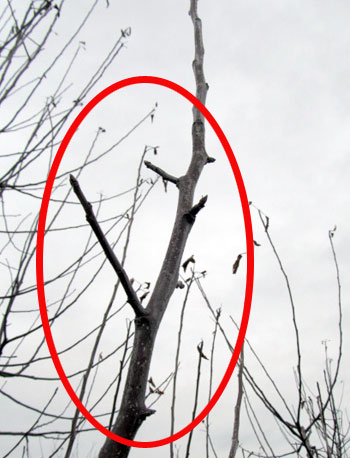Apple Junkie
5 year old buck +
Last spring, I took my first stab at grafting. I had just enough success to confirm that even with my fat, clumsy fingers, some grafts can survive the torture. So, this past weekend I harvested some scions from a couple of my favorite apples.
When looking over each tree, it seemed the logical choice for scion wood would be the suckers that sprouted from previous pruned sites on the tree. So my question to the grafting experts among us, does this new wood make for viable scions?
Penny for your thoughts…


When looking over each tree, it seemed the logical choice for scion wood would be the suckers that sprouted from previous pruned sites on the tree. So my question to the grafting experts among us, does this new wood make for viable scions?
Penny for your thoughts…



